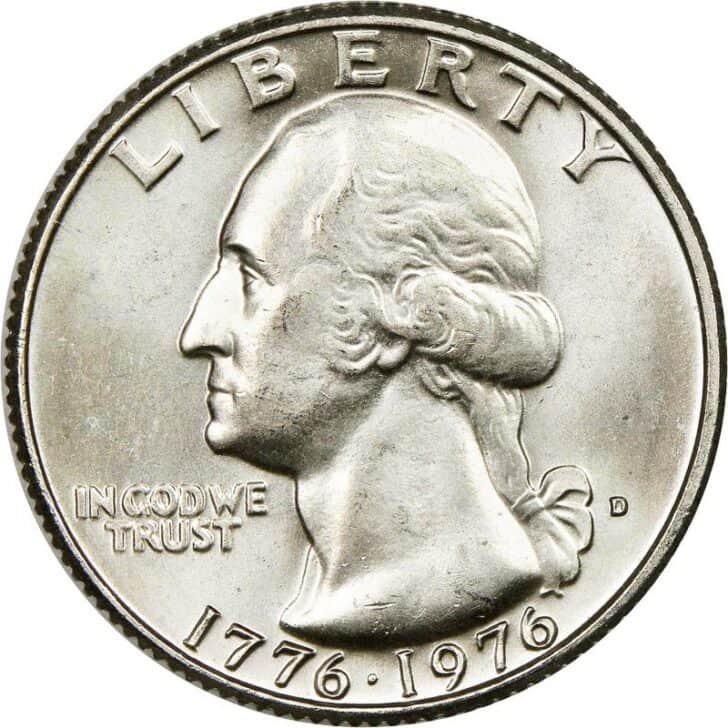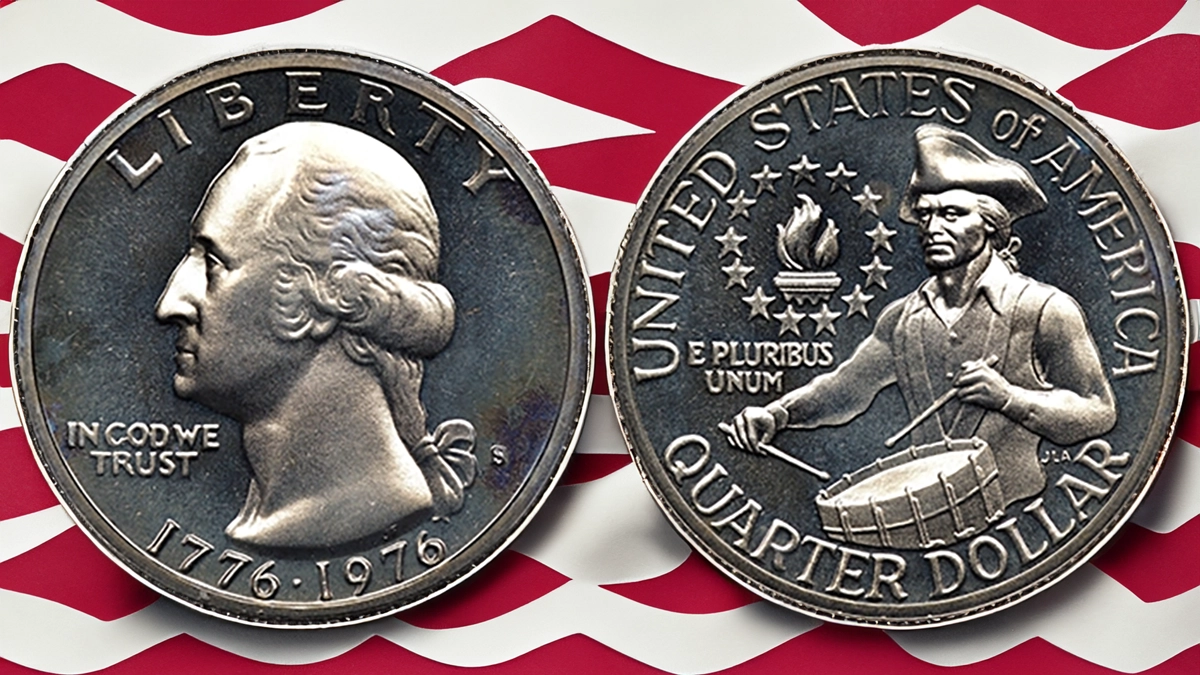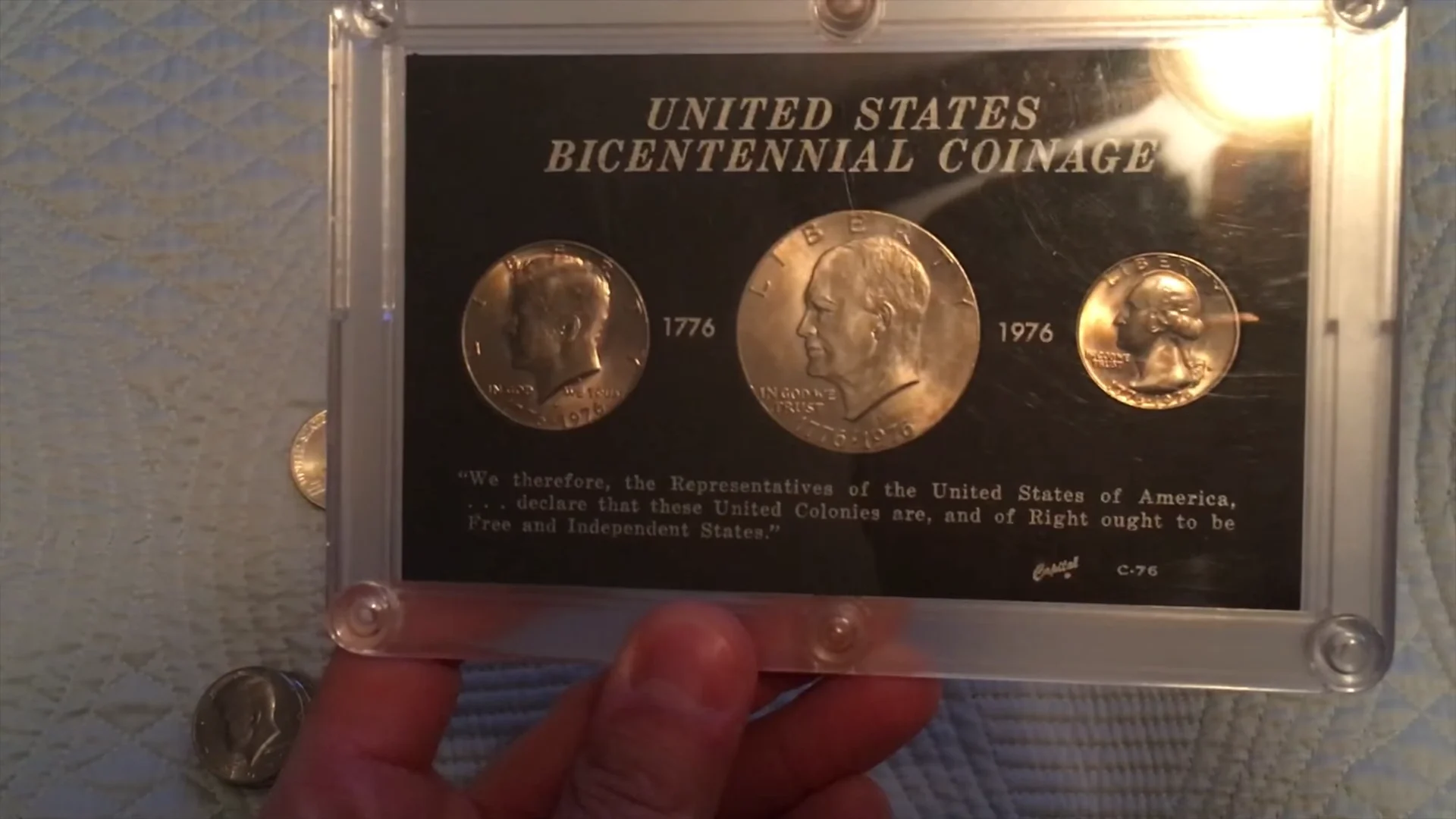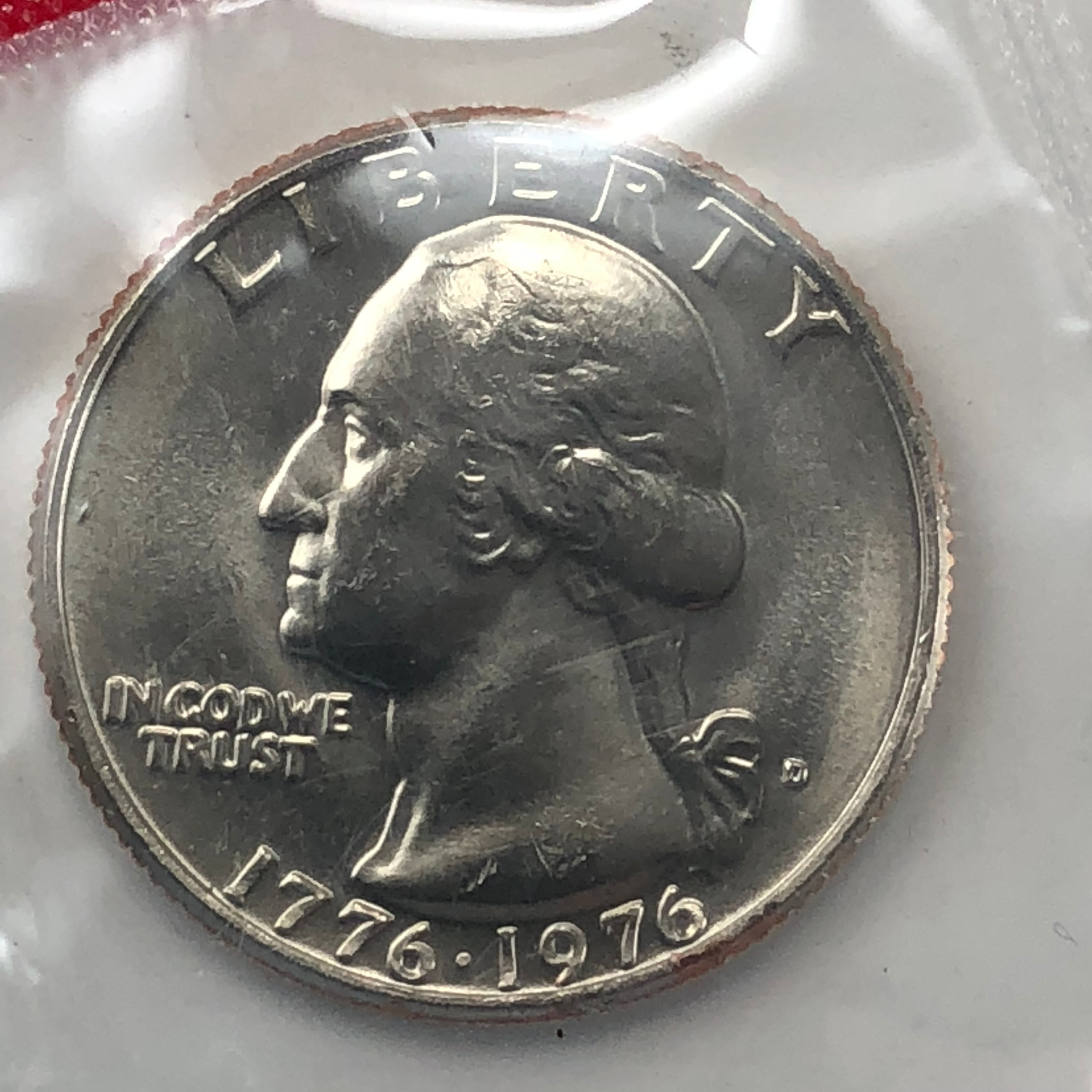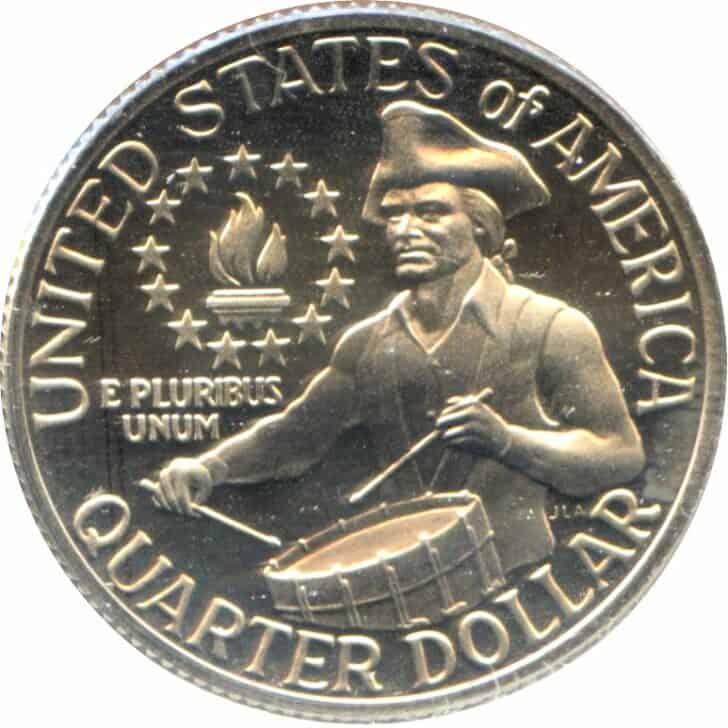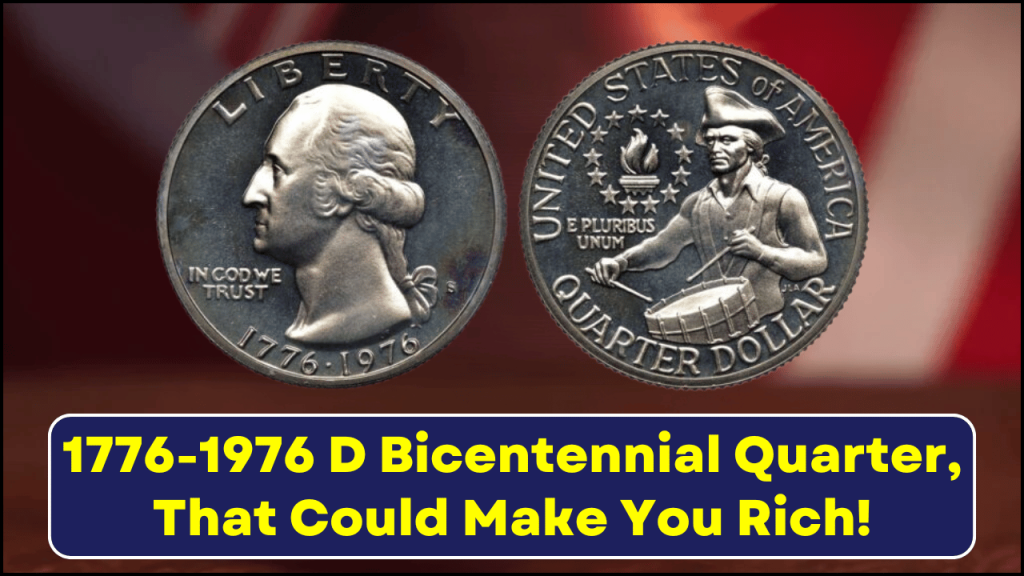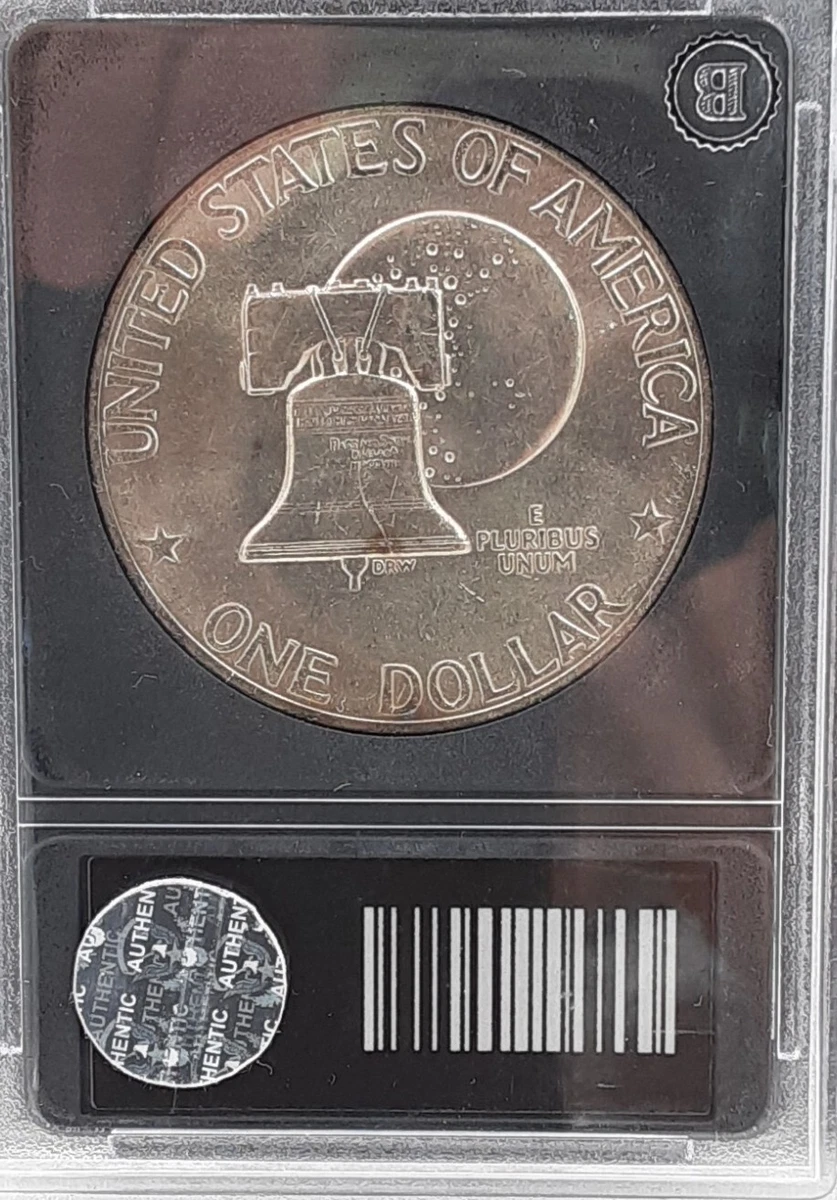Bicentennial 1776 To 1976 Quarter Dollar Value
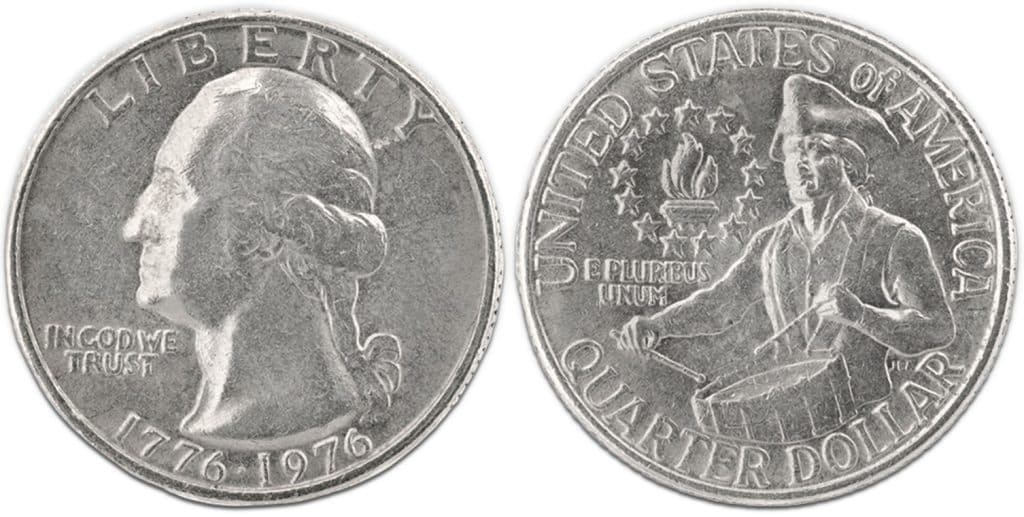
Remember the 1976 Bicentennial quarter? You know, the one with the drummer boy on the back instead of the eagle? Chances are, you've got one rattling around in your spare change jar right now!
Everyone was saving them! It was a patriotic frenzy; Grandma, your weird Uncle Barry, even the cashier at the grocery store seemed to be hoarding them like squirrels burying nuts.
So, Are You Rich? Let's Talk Real Value!
Okay, deep breaths. You might not be able to retire early off your Bicentennial quarter collection. Let's burst that bubble gently, like a soap bubble made of hundred-dollar bills (if only!).
The truth? Most of these quarters are worth… well, 25 cents. Shocking, I know. It's like finding out Santa isn't real, but instead of presents, you just have a pocketful of quarters.
Why So Cheap? It's All About Supply and Demand
Think about it. They made a lot of these things. Seriously, a ton. The mints at Philadelphia, Denver, and San Francisco were pumping them out like they were going out of style.
Everyone kept them, expecting them to be the next big thing. Remember Beanie Babies? Same principle, only less cuddly and significantly less disappointing (maybe).
So, supply is through the roof. Demand? Not so much. Basic economics, folks!
The Exceptions: When Your Quarter *Might* Be Worth More!
Don't despair entirely! There's still a glimmer of hope. Imagine your quarter is like a lottery ticket, most are losers, but a few are winners.
If your quarter is in absolutely pristine condition, we're talking uncirculated – like it just popped out of the mint yesterday and was immediately encased in a diamond vault – it could be worth a few dollars.
We’re talking serious mint state grades here, something the professionals at PCGS (Professional Coin Grading Service) or NGC (Numismatic Guaranty Corporation) would drool over.
Look Out for the "S" Mint Mark!
While most Bicentennial quarters were made for circulation, some were struck specifically for collectors at the San Francisco Mint. Look for an "S" mint mark on the coin!
These "S" mint mark quarters can be worth slightly more than their Philadelphia ("P") or Denver ("D") counterparts, especially in proof condition.
Proof coins are made using a special process that gives them a mirror-like finish. They are super shiny and extra special, kind of like the VIP section of the quarter world.
Cleaning Coins: Don't Do It! Seriously!
Here's a golden rule: do not clean your coins! It's like giving them a bad haircut that they can never recover from.
Cleaning can damage the surface of the coin and actually reduce its value. Collectors prefer original, untouched coins, even if they're a little dirty.
Think of it like this: would you rather have an original painting with a little bit of dust, or one that's been aggressively scrubbed with bleach?
So, What Should You Do with Your Bicentennial Quarter?
Honestly, the most likely scenario is that your Bicentennial quarter is just worth a quarter. But hey, it's a piece of history!
You can use it to buy a gumball, do laundry, or just keep it as a nostalgic reminder of a simpler time when everyone was wearing red, white, and blue.
Or, you can start a collection! It's a fun and relatively inexpensive hobby. Who knows, maybe someday Bicentennial quarters will be worth a fortune. Stranger things have happened!
At the very least, you can impress your friends with your newfound knowledge of numismatics. Just don't bore them to tears, okay?
Happy quarter hunting!

